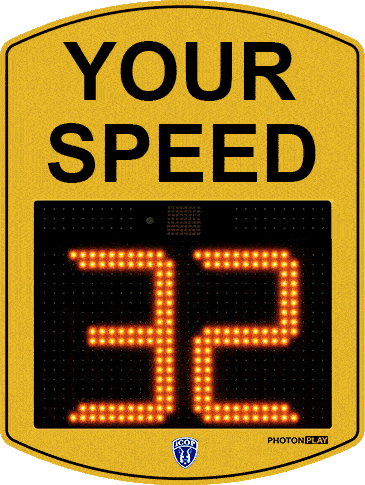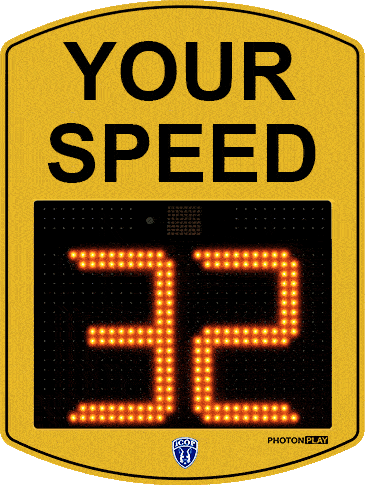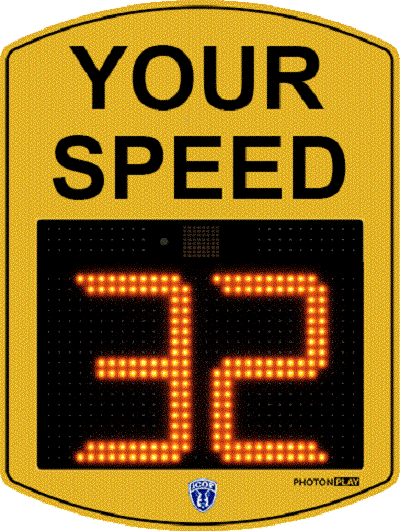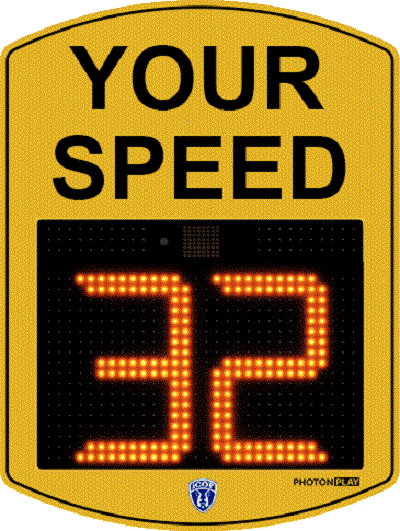HOME | DD
 photonnplay — Variable Speed Limit
photonnplay — Variable Speed Limit

#roadsafety #variablespeedlimitsign #trafficsignals #radarspeedsign #variablemessagesign
Published: 2023-07-07 09:28:33 +0000 UTC; Views: 200; Favourites: 0; Downloads: 0
Redirect to original
Description
How Traffic Sign Language Works?Traffic signs play a crucial role in ensuring road safety by providing vital information to drivers and pedestrians. Accessing this information, however, might be difficult for people with vision issues or communication difficulties. Traffic sign language is employed to close this gap. We'll look at the idea of traffic sign language, its elements, and the advantages it has for designing inclusive and accessible roads in this blog. A safer and more welcoming atmosphere for all drivers can be created by learning the traffic sign language.
Understanding Traffic Sign LanguageIn traffic sign language, the same information used in traditional road signs is communicated through tactile, auditory, or visual cues. It seeks to aid those who are blind, have poor eyesight, or experience language challenges. Traffic sign language makes sure that everyone can access crucial information regarding traffic laws, risks, and instructions by utilizing a variety of communication methods.
The Components of Traffic Sign LanguageImplementing traffic sign language requires careful planning and consideration of various factors, including:
Building inclusive communities requires recognizing and encouraging the use of traffic sign language. Traffic sign language ensures that those with visual impairments or linguistic difficulties can independently access and understand crucial traffic information by providing tactile, aural, and visual clues. In addition to promoting accessibility, traffic sign language also enhances existing signage, promotes safety, and is understood by all people. Its adoption requires standardization, teaching, and continual maintenance. We can design roads that put inclusivity, safety, and equitable opportunity for everyone first by embracing traffic sign language.
























